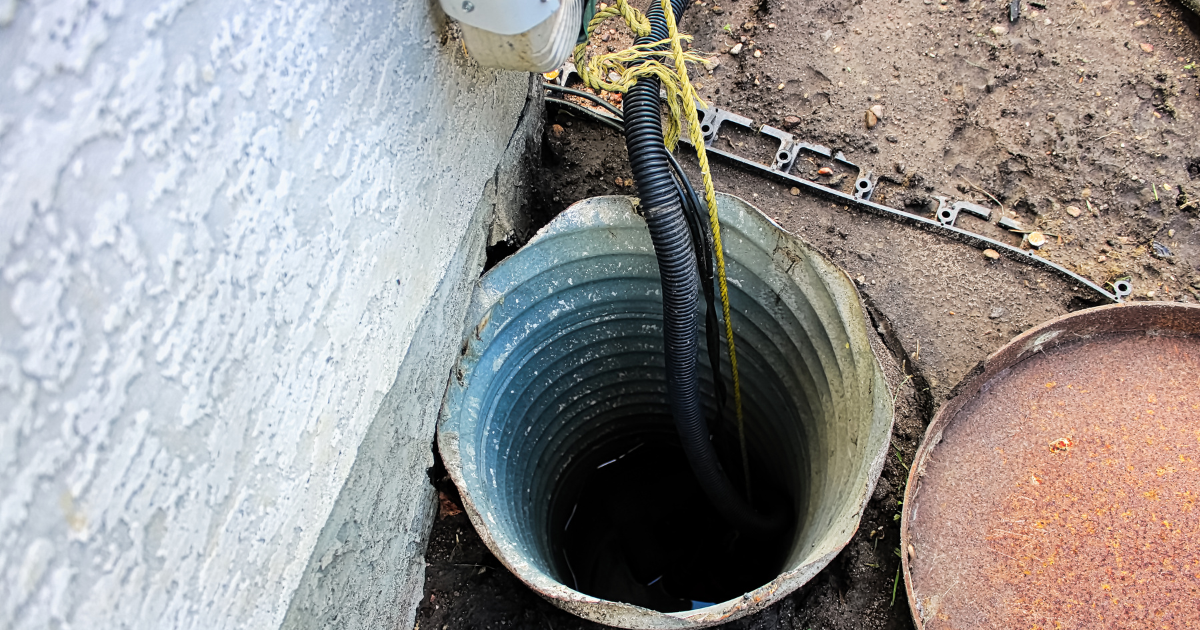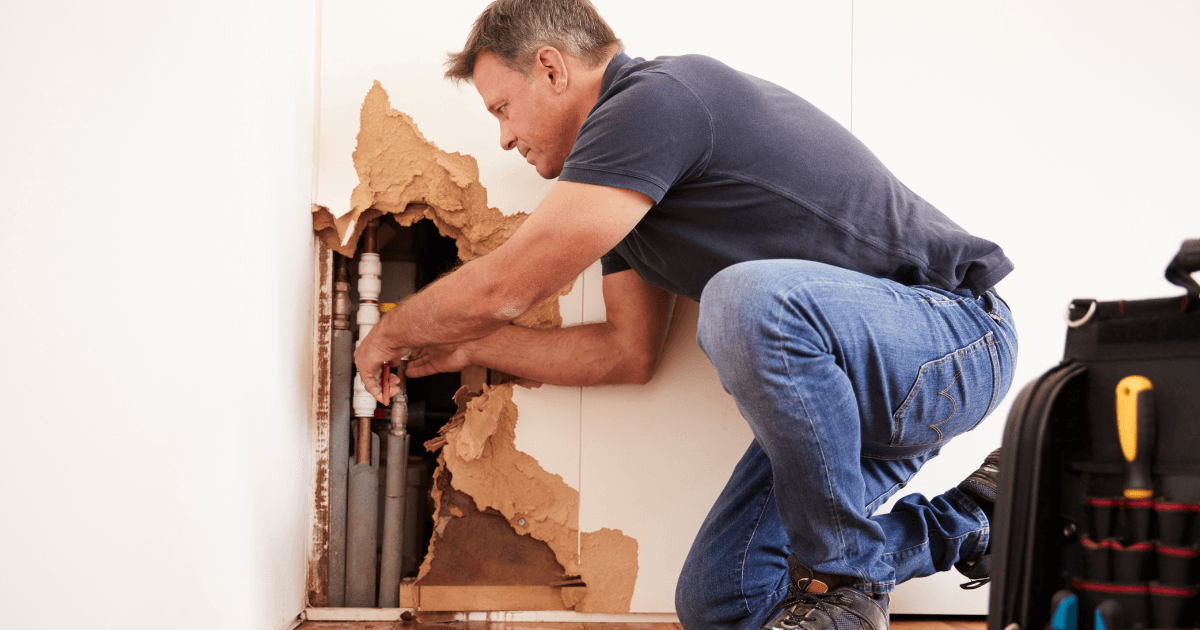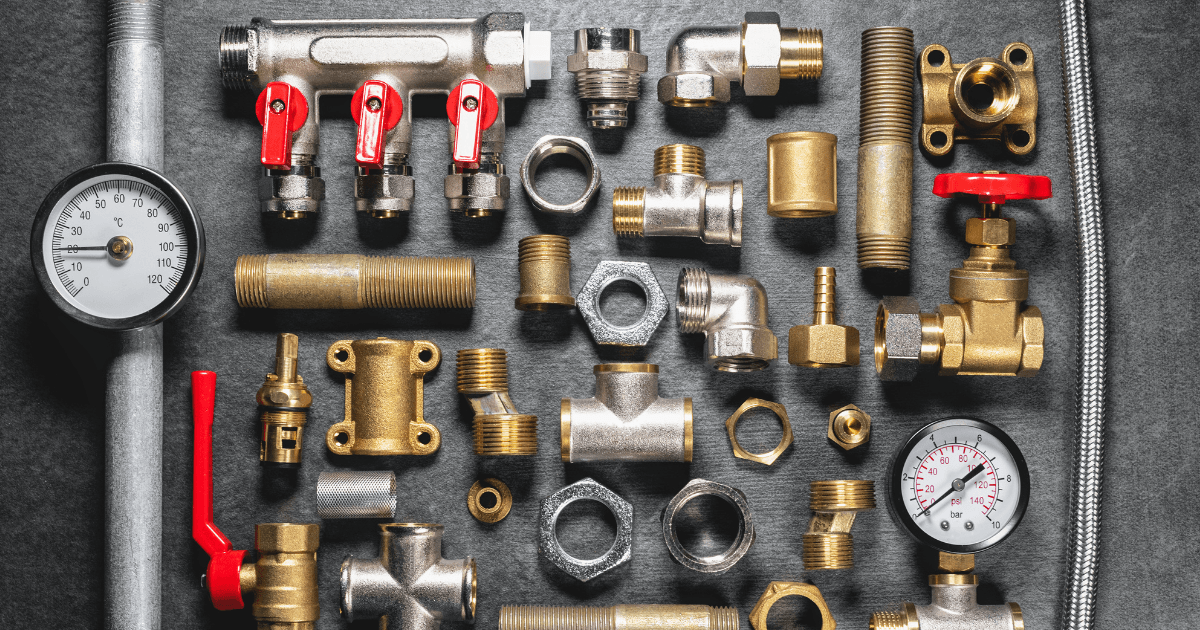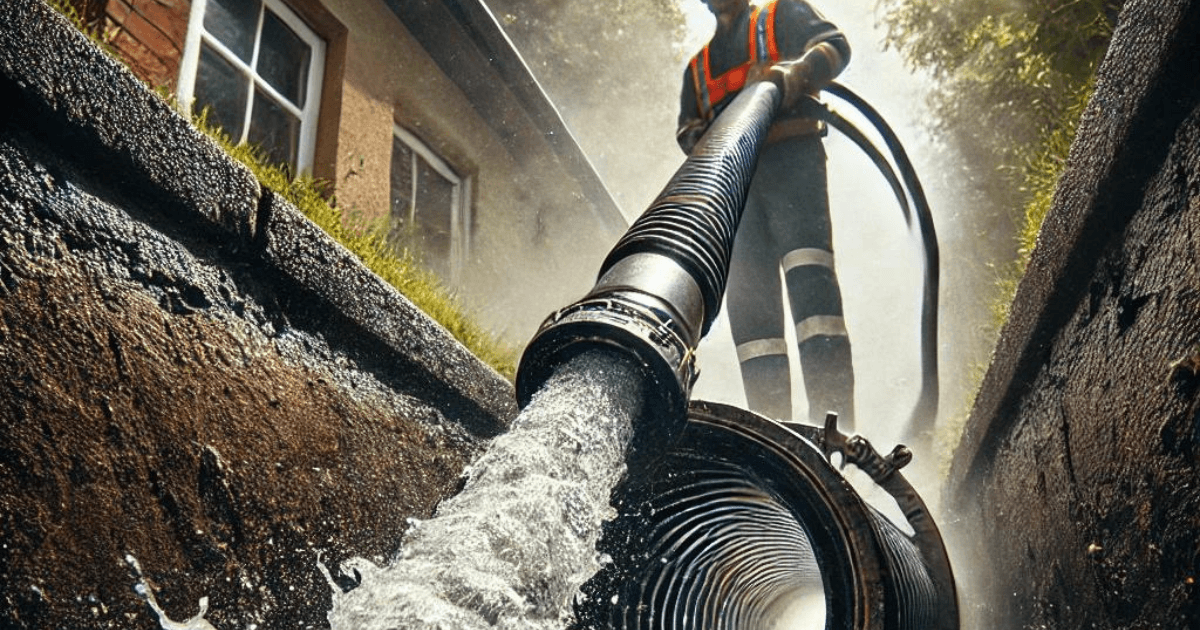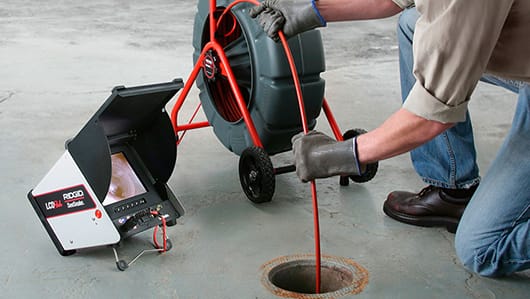Sump pumps are the silent defenders of our homes, working diligently beneath the surface to prevent catastrophic water damage. Most homeowners, however, rarely think about their sump pump until it malfunctions. At that point, the stakes are high—flooding, property damage, and costly repairs. But what if we could approach sump pump troubleshooting in a way that empowers homeowners to both solve immediate problems and prevent future ones?
We strip down sump pump issues to their fundamental causes and reconstruct a troubleshooting process that is not only practical but also transformative. First principles thinking allows us to look beyond superficial symptoms and address the root causes of the problem, building a more robust understanding of sump pump functionality. This article will break down common sump pump issues, helping homeowners diagnose and fix their pumps efficiently, while also offering novel insights grounded in both research and real-world application.
Understanding the Core Functionality of a Sump Pump
To troubleshoot effectively, we must first understand the core function of a sump pump. At its most basic, a sump pump serves as a mechanical solution to a simple physical problem: water follows gravity and will accumulate in the lowest part of a structure. Left unchecked, this accumulation can lead to structural damage, mold growth, and health hazards.
A sump pump prevents water from collecting in basements or crawlspaces by pumping it away from the foundation of the house. The key components include:
- Sump Pit: A hole where water collects.
- Float Switch: A sensor that activates the pump when water levels rise.
- Pump Motor: The mechanism that moves water out of the pit and away from the house.
- Discharge Pipe: The channel through which water is expelled.
With this basic system in mind, it becomes easier to diagnose which part is failing when the pump isn’t working properly. Now, let’s delve deeper into some of the most common sump pump problems.
Problem 1: Sump Pump Won’t Turn On
Core Issue: Electrical Circuitry and Float Switch Failure
At its essence, a sump pump is powered by electricity and activated by the rise in water levels via the float switch. When a sump pump fails to turn on, it usually means one of these two systems has been compromised.
- Step 1: Check Power Supply
Before investigating further, ensure that the pump is receiving power. Many sump pumps fail during storms due to power outages. For homes in areas prone to outages, investing in a battery backup system is essential to maintain functionality when electricity is unavailable. If the power is active, but the pump isn’t running, move to the next diagnostic step. - Step 2: Inspect the Float Switch
The float switch is the mechanical trigger for the sump pump. If it’s stuck in the “off” position or jammed by debris, the pump won’t turn on even if the water level rises. To fix this, clear any obstructions from the sump pit and ensure the float switch can move freely. For older float switches, replacing them may be necessary.
From an engineering standpoint, the float switch operates as a simple mechanical lever, much like a door latch. Over time, sediment and wear compromise its ability to function. By addressing this basic mechanical failure, we can restore the system’s full functionality without over-complicating the solution.
Problem 2: Sump Pump Runs Continuously
Core Issue: Water Table, Faulty Switches, or Clogs
When a sump pump runs non-stop, it can burn out the motor, reducing the pump’s lifespan. The constant operation can be traced back to several potential causes, but by breaking down the function of each component, the diagnosis becomes clear.
- Step 1: Examine the Float Switch
A common cause of continuous operation is a float switch stuck in the “on” position. Like the first problem, clearing debris or replacing the switch can resolve this issue. - Step 2: Assess Water Table
In regions with high water tables, the sump pump may be working as intended but is simply overwhelmed by the volume of groundwater it needs to pump. In this case, a higher-capacity pump may be necessary. Alternatively, a secondary pump can share the load during heavy rains or periods of high water infiltration. - Step 3: Check the Discharge Line for Clogs
If water isn’t being expelled quickly enough, it can appear as though the pump is running continuously, even when it’s trying to discharge water. The discharge pipe could be clogged with debris or frozen in cold climates. Regular inspection and maintenance of the discharge line prevent blockages.
The key to understanding why a pump runs continuously is grasping the balance between water inflow and discharge capacity. The root problem often lies in a mismatch between these two forces. By increasing discharge efficiency or enhancing pump capacity, the system is rebalanced.
Problem 3: Sump Pump is Noisy or Vibrating
Core Issue: Mechanical Wear or Improper Installation
A noisy sump pump usually indicates mechanical failure or improper installation. This problem can often be traced back to one of two issues: misalignment or worn-out components.
- Step 1: Inspect for Misalignment
A pump that wasn’t installed securely can vibrate excessively, causing noise. Ensuring the pump is properly seated in the sump pit and that the discharge pipe is firmly secured can eliminate much of the vibration. - Step 2: Replace Worn Bearings or Impeller
As the mechanical parts of the pump wear out over time, they can start to make grinding or screeching noises. Bearings and impellers, which are responsible for moving water, may need to be replaced. If left unchecked, this issue can cause the pump to seize up.
Mechanical systems wear down due to friction and movement. By replacing the worn parts early, homeowners can extend the lifespan of their sump pump significantly, much like replacing brake pads in a car before the damage spreads.
Problem 4: Water Not Draining Properly
Core Issue: Clogged Discharge Line or Check Valve Failure
If the sump pump is running but water isn’t being expelled from the pit, the issue likely lies in the discharge system.
- Step 1: Clear the Discharge Pipe
Over time, debris or sediment can clog the discharge pipe, restricting water flow. Additionally, in cold climates, freezing can cause blockages. A clogged or frozen pipe can be easily cleaned or insulated to prevent further problems. - Step 2: Inspect the Check Valve
The check valve prevents water from flowing back into the sump pit after being pumped out. If it’s malfunctioning, water may re-enter the pit, causing the pump to cycle unnecessarily. Replacing a faulty check valve ensures that water is fully expelled from the system.
The discharge line is the exit pathway for water—any blockages in this pathway effectively render the pump useless. By ensuring that the pathway remains clear and unimpeded, the pump can operate at full efficiency, minimizing wear on the system.
Problem 5: Foul Odor from the Sump Pit
Core Issue: Standing Water, Mold, or Bacteria
A foul smell emanating from the sump pit is typically caused by standing water, mold, or bacteria growth. If water sits too long in the pit, it can stagnate, creating an ideal environment for these issues to develop.
- Step 1: Clean the Sump Pit
Remove any standing water and clean the pit with a solution of bleach and water to kill bacteria and mold. Be sure to remove any debris that may be contributing to the smell. - Step 2: Address Water Stagnation
Ensure the pump is activating at the appropriate water level to prevent stagnation. If the pump is only engaging after water has sat for an extended period, the float switch may need to be adjusted.
Water left stagnant in any environment will eventually harbor bacteria and mold. By ensuring the system is functioning to remove water promptly, these odors can be prevented altogether, maintaining a clean and healthy sump pit environment.
Conclusion: Rethinking Sump Pump Maintenance from the Ground Up
The most effective way to approach sump pump troubleshooting is through a deep understanding of the underlying mechanics and root causes of common issues. By applying first principles thinking, homeowners can resolve immediate problems and, more importantly, take proactive steps to prevent future failures. Regular maintenance, combined with a focus on the basic function of each sump pump component, ensures the system remains a reliable defense against flooding and water damage.
Ultimately, a sump pump isn’t just a piece of equipment—it’s a lifeline for your home’s safety and longevity. By understanding how to diagnose and solve common problems, homeowners can save time, money, and stress, keeping their homes dry and secure no matter the weather.
FAQ: Troubleshooting Common Sump Pump Problems
1. Why won’t my sump pump turn on?
There are several potential causes, including power outages, a tripped circuit breaker, or a malfunctioning float switch. Start by checking the power source and breaker. If everything looks fine, inspect the float switch for debris that may be preventing it from activating. Clean or replace the switch if necessary.
2. Why is my sump pump running continuously?
This could be due to a stuck float switch, high groundwater levels, or a malfunctioning check valve. First, check if the float switch is stuck in the “on” position. If the switch is functioning, it might indicate that your pump is undersized for your water table, or the check valve may need replacement if water is recirculating back into the pit.
3. Why is my sump pump making strange noises?
Noises like grinding or rattling could indicate worn bearings, debris in the pump, or a loose part. Check the pump and discharge pipe for blockages and clean the sump pit. If the noise persists, the motor or impeller might need replacing.
4. What should I do if water is not draining properly?
A clogged discharge line or faulty check valve is the most likely culprit. Clear any debris from the discharge line and check if the pipe is frozen in colder months. Inspect the check valve to ensure it’s allowing water to flow out but preventing backflow.
5. Why does my sump pump smell bad?
A foul odor usually indicates standing water, mold, or bacterial growth in the sump pit. Clean the pit thoroughly with a disinfectant, and check to ensure the pump is cycling properly to prevent water from stagnating in the future.
6. How often should I test my sump pump?
You should test your sump pump at least once a month, particularly before the rainy season. To test, pour water into the sump pit to ensure the float switch activates the pump and that the water is efficiently expelled through the discharge line.
7. Do I need a backup system for my sump pump?
Yes, especially if you live in an area prone to power outages during storms. A battery backup system or water-powered backup pump ensures your sump pump continues to operate during an outage, preventing flooding when it’s needed most.
8. How long should a sump pump last?
A well-maintained sump pump typically lasts between 7 to 10 years. Regular maintenance, including cleaning the sump pit, testing the system, and checking the float switch, can help extend its lifespan.
9. Can I troubleshoot my sump pump on my own?
Many common sump pump issues can be addressed through basic troubleshooting, such as checking the power supply, cleaning the sump pit, and inspecting the float switch. However, for more complex mechanical or electrical issues, it may be best to call a professional to avoid causing further damage to the system.

